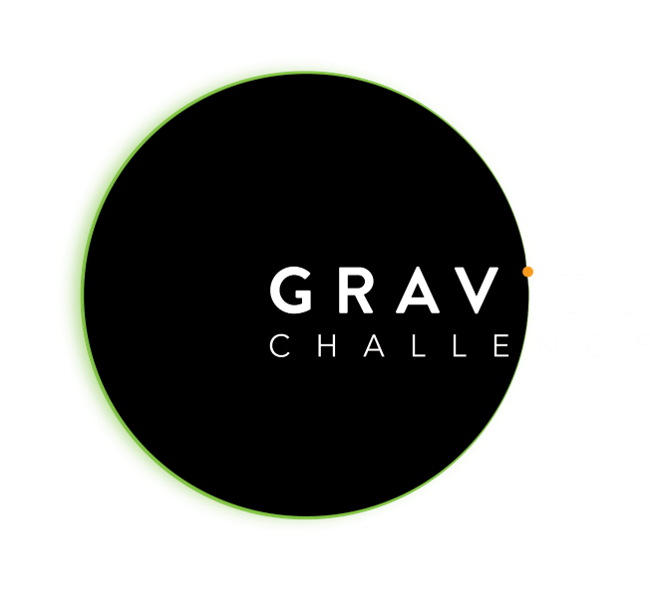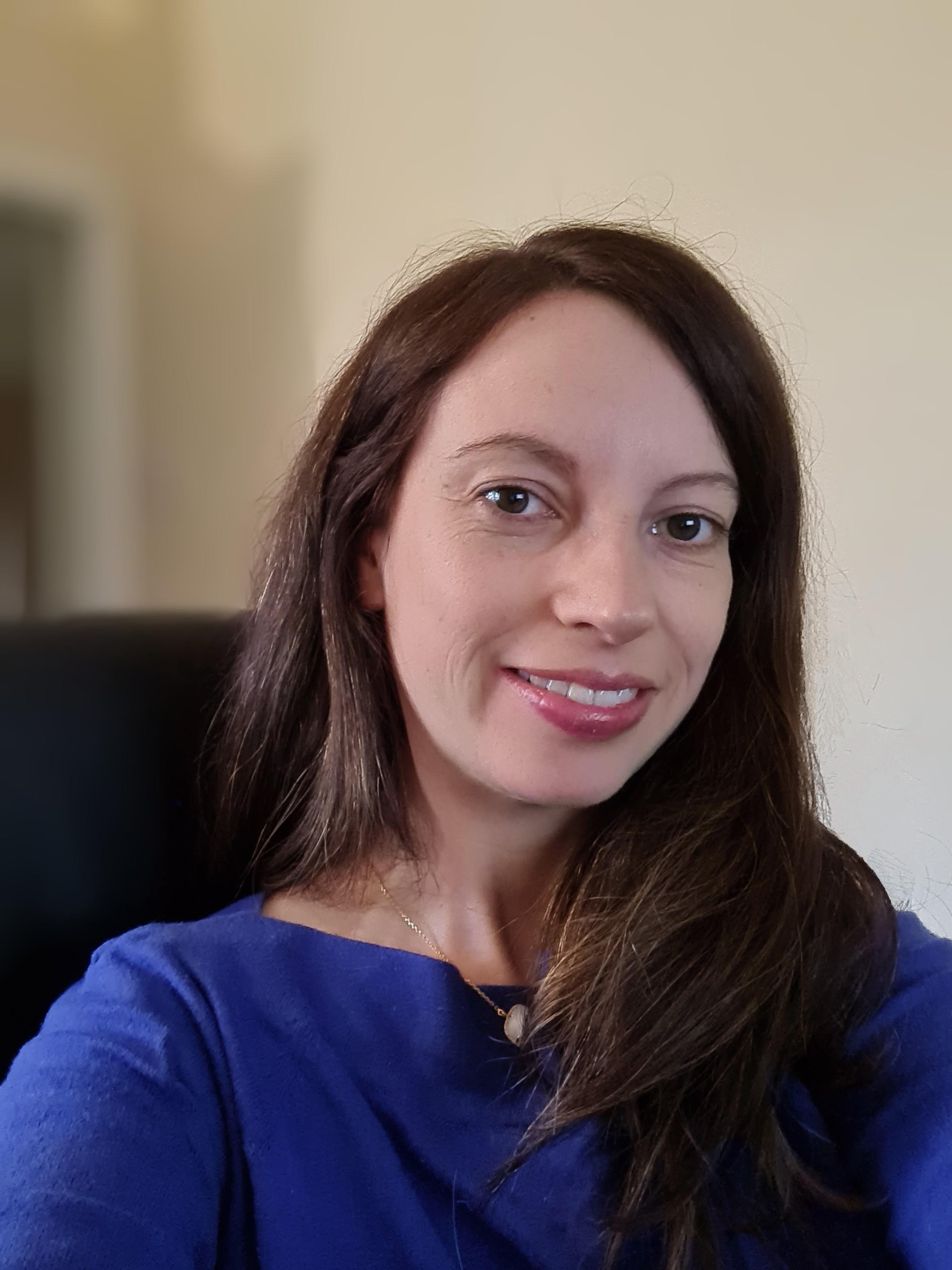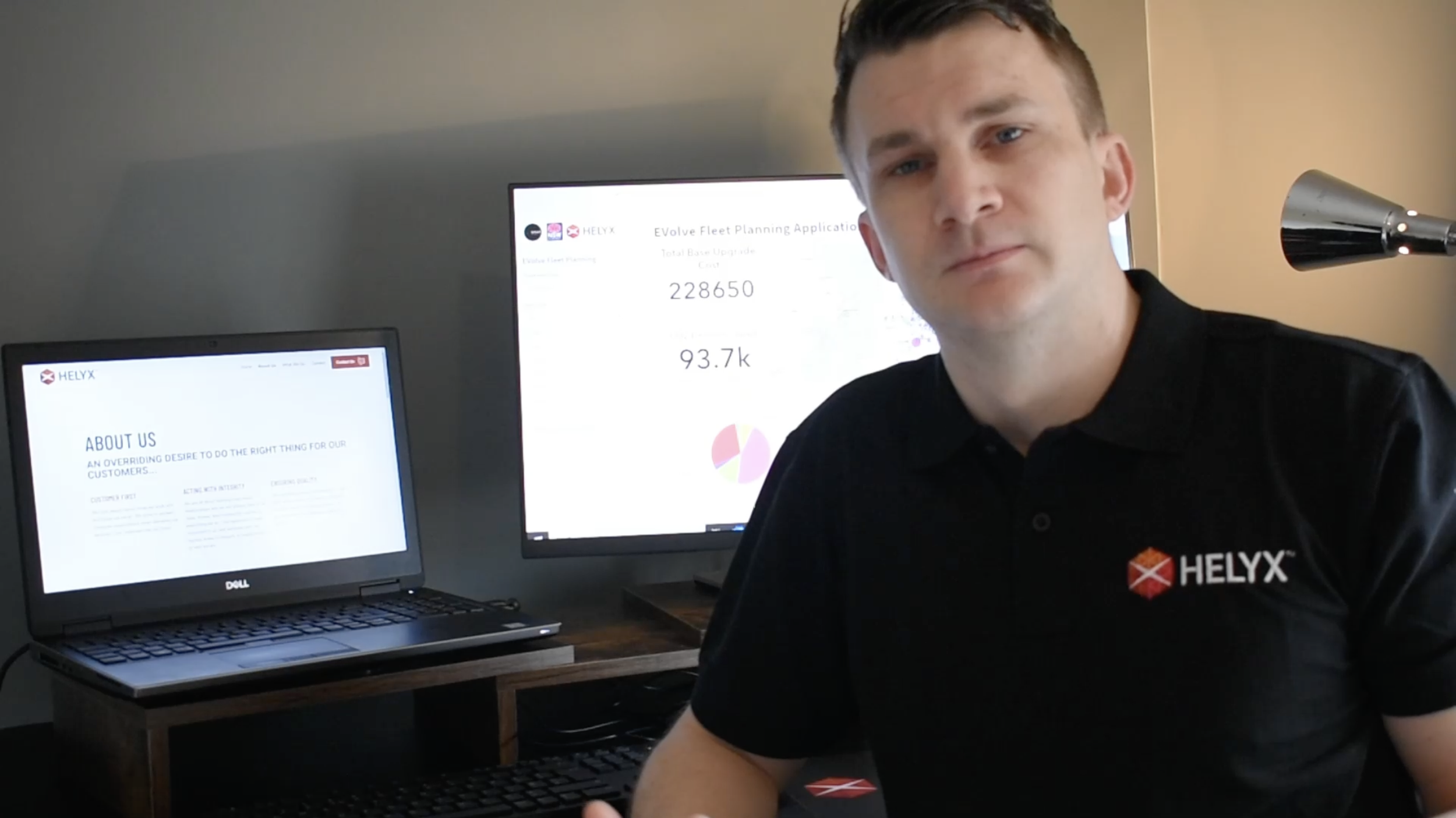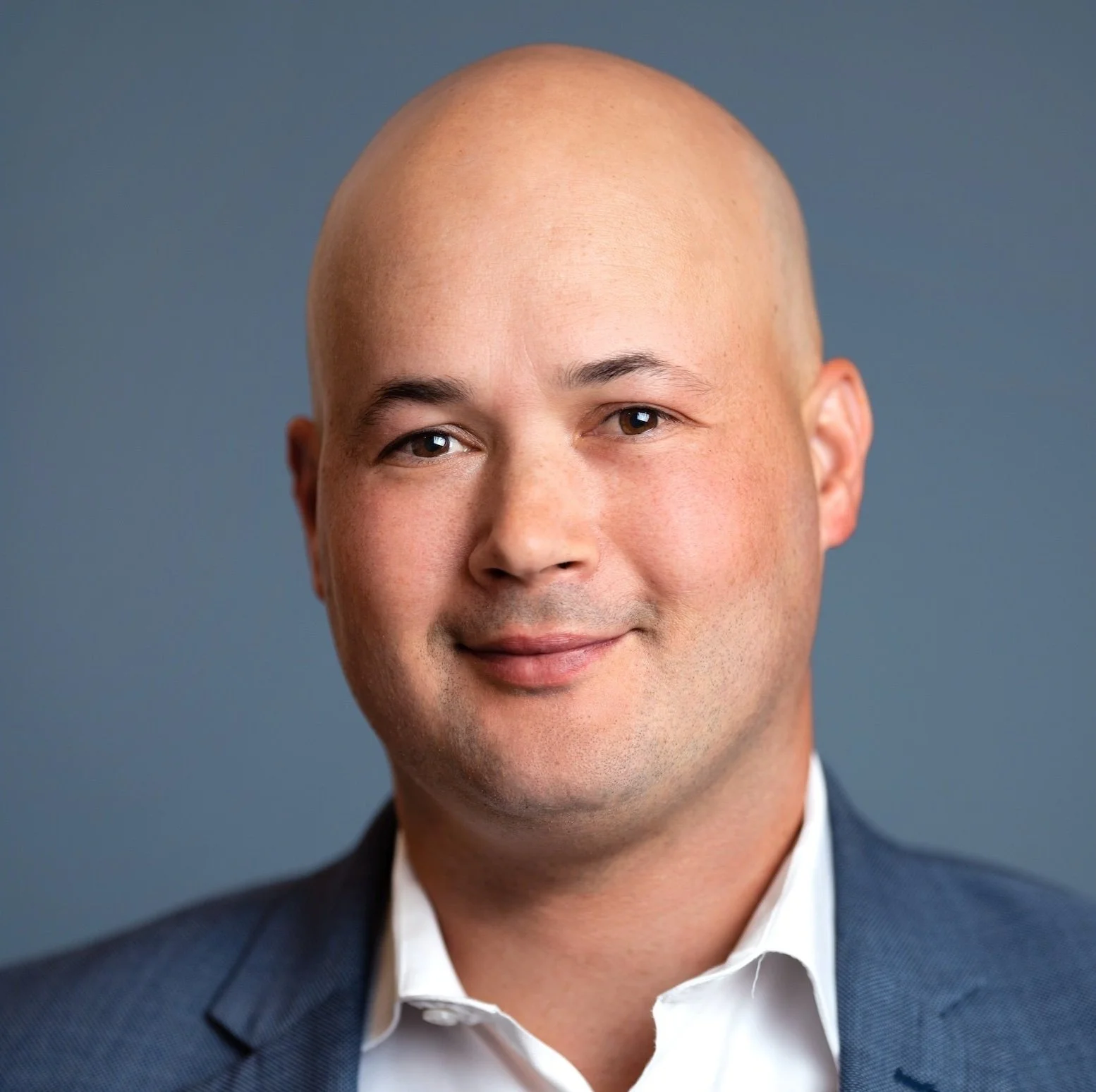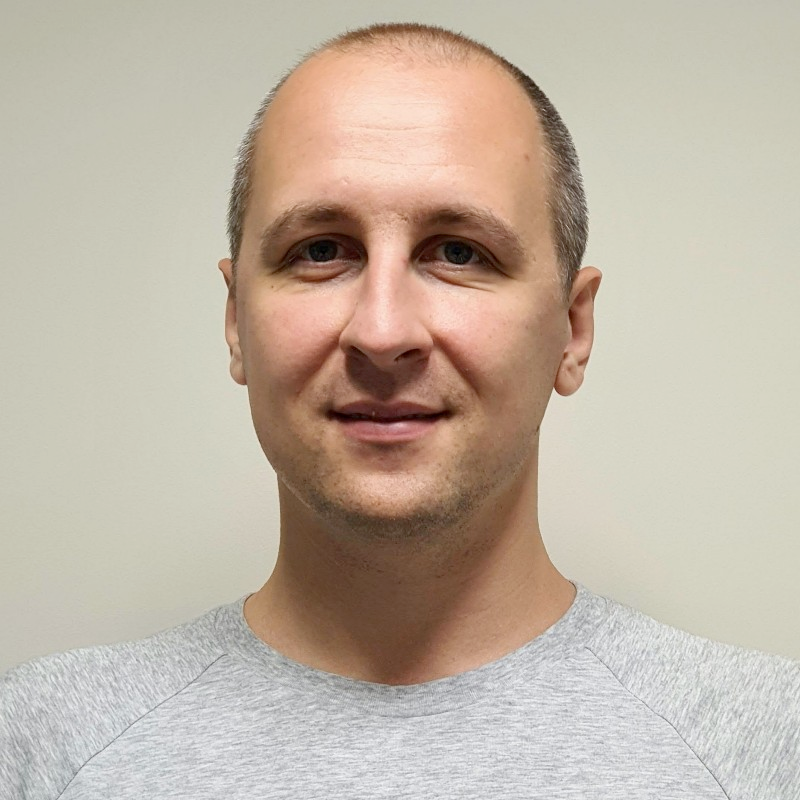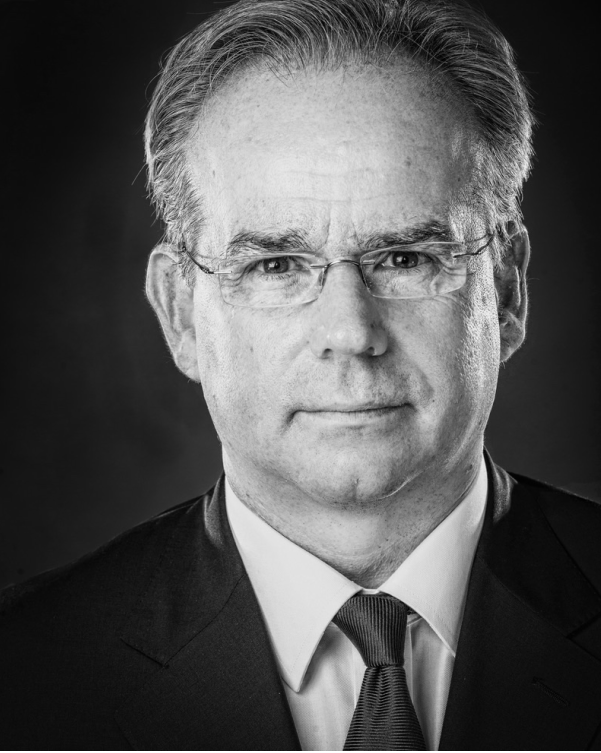
GRAVITY 08
AquaWatch-AUK Edition
LAUNCHING ON 11 JULY 2025
Harnessing ground-to-space monitoring to tackle the most pressing water quality issues.
Will you take on the challenge?

GRAVITY Challenge
Deloitte’s global Space innovation program connecting real world problems with the people who can solve them.
Since 2019, we’ve brought together industry leaders from public and private organisations, data & technology enablers, and innovators to tackle the world’s most pressing economic, social and environmental problems using the best of today’s space-enabled data and technology.
A Special GRAVITY Round
-
This round focuses on leveraging the power of ground-to-space monitoring capabilities, such as the AquaWatch System, and the international collaboration made possible by the Bilateral Partnership between the UK and Australia through AquaWatch-AUK to solve a range of water quality issues in both nations.
-
Droughts, algal blooms, sediment plumes, and invisible pollutants are no longer future threats, they’re present-day disruptors. Whether it’s the water we drink, the crops we grow, the seafood we eat, or the rivers we swim in, water quality touches every part of our lives and economy.
And the pressure is rising. Climate extremes, outdated infrastructure, industrial pollution, and land use change are stretching water systems past their limits.
Poor water quality is already costing us: in lost agricultural yield, fish kills, treatment costs, product recalls, and environmental damage.
AquaWatch-AUK Edition
Are you a start-up, scale-up, high-growth business or university using space capabilities?

GRAVITY 08 Challenges
Our Challenge Providers need your help designing solutions to their water quality monitoring Challenges.
Read more about their challenge scope below.
UK Challenge Provider
Beyond the Bucket:
Reimagining Environmental Sampling from Space
Develop a scalable model that accurately classifies and predicts chlorophyll-a concentrations in diverse inland and coastal water bodies using EO, in-situ, and historical datasets.
-
This challenge aims to transform how chlorophyll-a, a key ecological indicator, is monitored across a wide variety of inland and coastal water bodies. Currently dependent on sparse, single-point field manual monthly sampling, the solution should integrate EO-derived parameters (e.g. chlorophyll, temperature from AquaWatch), historic sampling datasets, and sensor inputs to enable model-driven classification and forecasting. Innovators are expected to focus on enhancing spatial and temporal coverage particularly during the growing season when algal bloom activity peaks. The proposed methodology should be tested across a representative subset of large, socially significant water bodies and demonstrate alignment with regulatory reporting standards. The goal is to transition field sampling into a validation tool and enable broader, more efficient ecological status reporting under a regulatory framework. While visualisation tools aren’t required, reproducibility, transparency, and Azure compatibility are desirable.
-
Must-Have:
Chlorophyll-a
Temperature
Historical bloom patterns
Nice to have:
Phytoplankton abundance
Phytoplankton Functional Types (PFT)
Cyanobacteria / Blue-green algae
Total cell counts
Biovolume
Water transparency (e.g. Secchi Disk)
Turbidity
Vertical attenuation/Kd
Total Suspended Matter
Dissolved Oxygen
Water Surface Temperature
Water Column Depth (Bathymetry)
Australian Challenge Provider
Build an integrated system to trace, model, and predict water quality degradation and algal bloom risks in a major bay by tracking storm-driven nutrient and sediment load pathways from catchments to the coast using EO and in-situ data.
From Catchment to Coast:
Tracking Pollutant Pathways & Water Quality Impact
-
This challenge seeks an integrated, data-driven system that maps how sediment and nutrient loads, particularly during major rainfall events, move from rivers and urban catchments into a large coastal bay. Innovators must integrate EO datasets with in-situ monitoring and predictive analytics to identify pollution sources, model load dynamics, and forecast bloom onset and severity. Solutions should be tailored for summer and La Niña conditions, when storm events and bloom risk are highest. Key outputs include early warnings, bloom classification (including toxicity risk), and traceability to contributing catchments or discharge points. The solution must be operable across existing monitoring networks, with potential for integration into current systems. The preferred pilot window is late spring to early autumn, aligning with peak bloom periods.
-
Must-Have:
Nutrients
Sediments
Chlorophyll-a (toxicity)
Nice to have:
Phycocyanin (cyanobacteria proxy)
Total Phosphorus
Total Inorganic Nitrogen (e.g. Nitrate-N)
Algal toxins
Dissolved Oxygen
Turbidity
Total Suspended Matter
Temperature
Pathogens
Organic micro-pollutants
Water surface height
Microplastics *
Salinity / Conductivity
Floating and submerged vegetation
Innovator
Journey
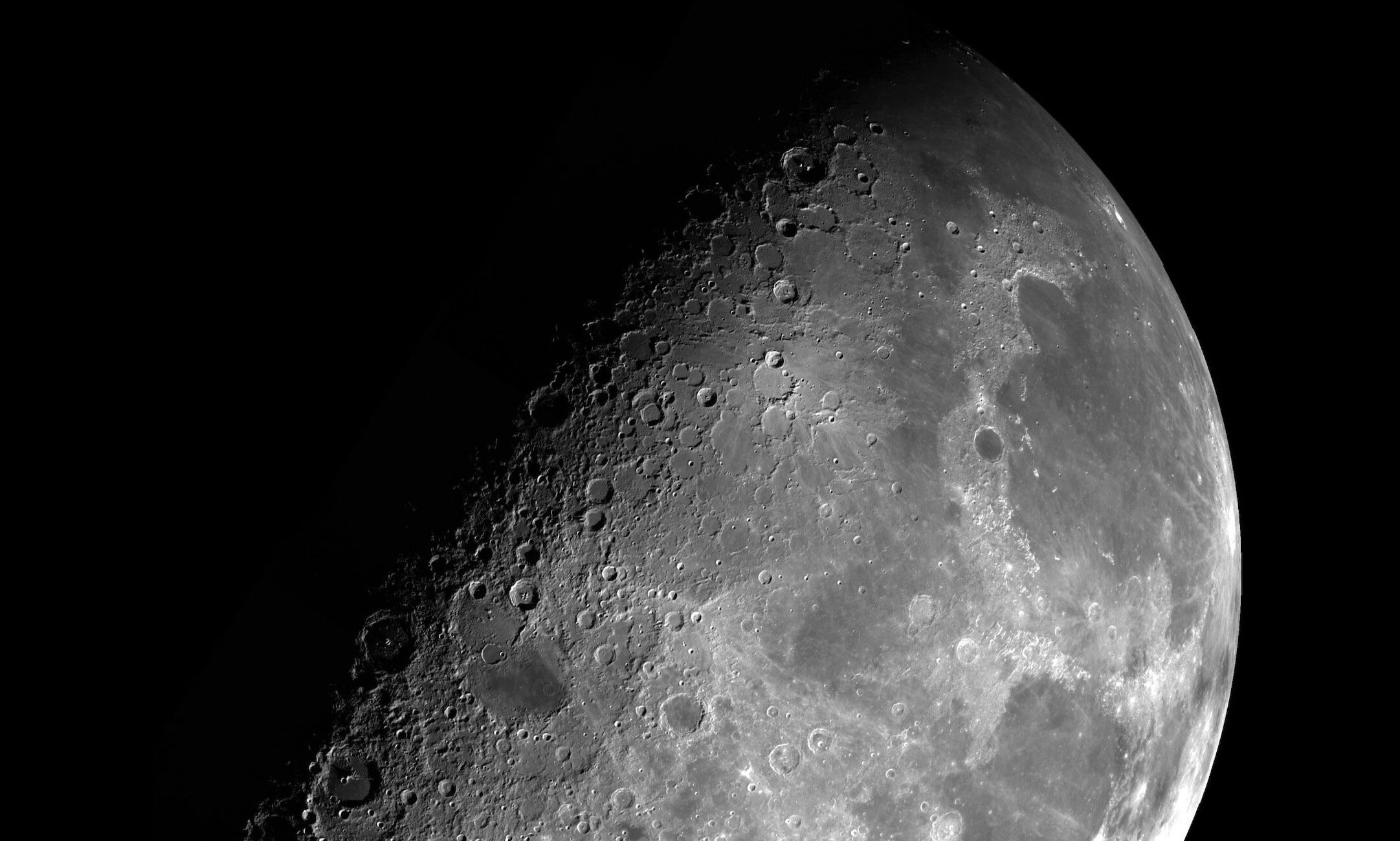
Innovator
Benefits
-
Direct contact with Corporate and Public Sector businesses with real use cases and real end-customers.
-
Mentorship and support from Deloitte’s GRAVITY Challenge team, Data & Technology Enablers, and venture building experts.
-
Privileged access to over 20 years of historic, and current satellite data from the program’s Data & Technology Enablers.
-
Full IP ownership of the solution developed during the program.
-
Guidance from Deloitte’s GRAVITY Challenge team during the scale phase to support the pilot of solutions, if selected as the “Challenge Champion” (winning team).
Join an exclusive cohort of global talent in one of the world’s fastest growing industries.

Our GRAVITY Challenge Alumni
